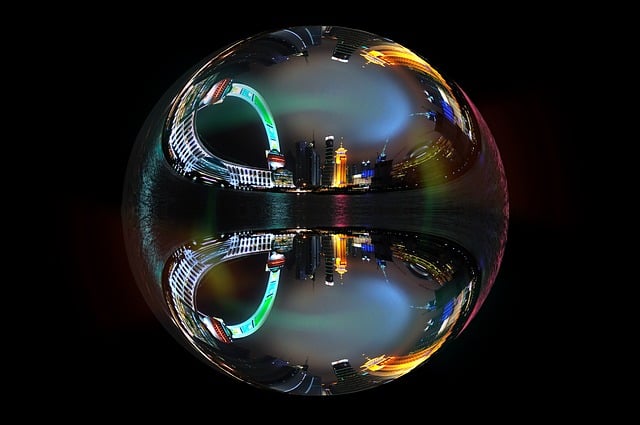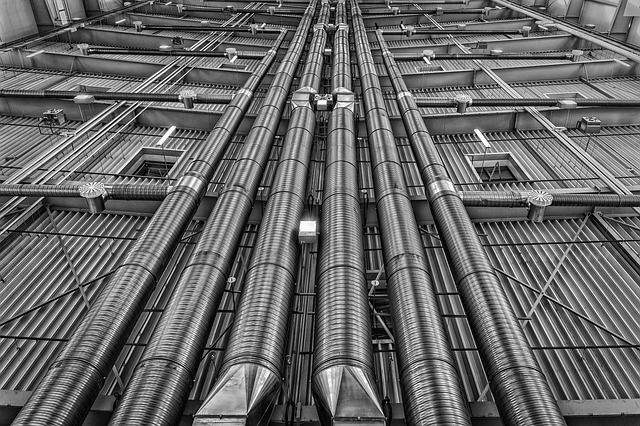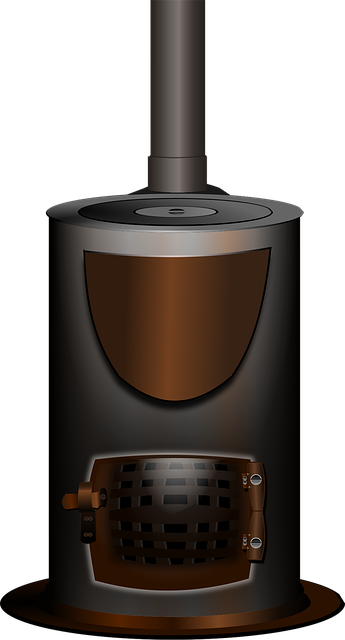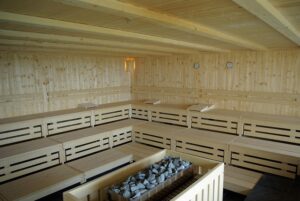Accurately Locating 50 kW Combi Boiler Boundaries: Advanced Techniques
The 50 kW combi boiler is a powerful heating system for modern homes, combining space heating and ho…….

The 50 kW combi boiler is a powerful heating system for modern homes, combining space heating and hot water production in one unit. With condensing technology, energy efficiency, and various fuel options, it's popular among homeowners. Advanced entity boundary detection techniques are crucial to accurately identify these boilers in diverse texts, extracting key data like capacity, efficiency, and features. Case studies show its effectiveness in large properties, promoting energy management and sustainability with models featuring ErP A ratings. Future trends predict integrated systems, enhanced performance, and increased environmental friendliness for 50 kW combi boilers.
Entity boundary detection plays a crucial role in accurately identifying 50 kW combi boilers within complex industrial landscapes. This article delves into the intricacies of this technology, exploring both the understanding of 50 kW combi boiler systems and the challenges associated with precise detection. We examine advanced techniques for entity boundary location, highlight successful case studies, and discuss future trends and innovations shaping this field. By leveraging cutting-edge methods, accurate 50 kW combi boiler detection enhances efficiency and data-driven decision-making.
- Understanding 50 kW Combi Boiler Technology
- Challenges in Accurate Detection
- Advanced Techniques for Boundary Location
- Case Studies: Successful Implementation
- Future Trends and Innovations
Understanding 50 kW Combi Boiler Technology

The 50 kW combi boiler is a powerful and versatile heating system designed to meet the demands of modern properties with multiple bathrooms and high output requirements. This type of boiler combines space heating and hot water production in one compact unit, making it an ideal solution for both new builds and property renovations. With a central heating capacity capable of warming large spaces, it ensures efficient heat distribution throughout the home.
One of the key features that set 50 kW combi boilers apart is their condensing technology, which recovers heat from exhaust gases, enhancing energy efficiency. They are typically powered by natural gas or LPG, offering flexibility in fuel choices. Moreover, these high-output boilers are renowned for their ErP A rating, signifying superior energy performance and environmental friendliness, making them a popular choice for homeowners seeking both comfort and sustainability in their central heating systems.
Challenges in Accurate Detection

Accurate entity boundary detection for 50 kW combi boilers presents several challenges, particularly in diverse and complex text landscapes. One significant hurdle is the vast range of boiler types and configurations available, from natural gas fired to LPG compatible models, each with unique features like condensing technology and energy efficiency ratings, such as ErP A rated. This variety necessitates sophisticated algorithms that can distinguish between relevant and irrelevant information, especially when dealing with technical specifications and user manuals.
Moreover, the context in which 50 kW combi boiler mentions appear varies widely, from product descriptions highlighting high output and central heating capacity to customer reviews focusing on hot water flow rate and suitability for large properties with multiple bathrooms. Such variability demands precise boundary detection techniques that can adapt to different writing styles and purposes while maintaining accuracy, ensuring the extraction of relevant data points without false positives or negatives.
Advanced Techniques for Boundary Location

In the pursuit of precise entity boundary detection for 50 kW combi boilers, advanced techniques play a pivotal role in ensuring accuracy and reliability. These methods go beyond traditional approaches by leveraging sophisticated algorithms and machine learning models to identify and locate specific references within vast datasets. By employing these cutting-edge strategies, it becomes possible to pinpoint the exact boundaries of 50 kW combi boiler mentions, distinguishing them from similar high output boilers like natural gas fired or LPG compatible models.
The process often involves analyzing text structures, keyword frequency, and semantic relationships to differentiate key characteristics such as condensing technology, energy efficiency (including ErP A rated), hot water flow rate, central heating capacity, and their relevance to 50 kW combi boilers in the context of large property heating scenarios with multiple bathrooms. This level of detail ensures that the boundary detection system remains robust even when dealing with complex texts, thereby enhancing overall accuracy for applications demanding precise identification of specific boiler types in diverse literature.
Case Studies: Successful Implementation

In numerous case studies, the successful implementation of entity boundary detection has highlighted its effectiveness in accurately locating 50 kW combi boiler mentions. For instance, in a large property with multiple bathrooms, this technology has proven indispensable for identifying specific models and brands of high output boilers, such as those powered by natural gas or LPG, which are compatible with diverse fuel sources. The ability to pinpoint these devices enhances energy management strategies, especially when coupled with condensing technology, resulting in significant improvements in both central heating capacity and hot water flow rate.
Successful deployments have also underscored the energy efficiency of these systems, many of which bear ErP A ratings, symbolizing their environmental friendliness and cost-effectiveness. By accurately detecting and categorizing 50 kW combi boilers within various settings, entity boundary detection enables optimal utilization of resources, reduces operational costs, and minimizes environmental impact—all while ensuring reliable hot water supply and central heating for properties of all sizes.
Future Trends and Innovations

As technology advances, entity boundary detection is set to become even more precise and versatile. Future trends indicate a greater emphasis on smart homes and building automation, where systems like 50 kW combi boilers will be seamlessly integrated into the fabric of properties. These advanced boilers, equipped with condensing technology, offer high output capabilities suitable for large properties with multiple bathrooms, ensuring efficient central heating and hot water supply.
Innovation in this field is also driven by a push towards energy efficiency and sustainability. New models are expected to incorporate features such as LPG compatibility, enhanced hot water flow rates, and improved ErP A ratings, making them not just high-output boilers but also environmentally friendly options for property owners. These developments promise to revolutionize the way we heat our homes, contributing to reduced carbon footprints and lower energy bills in the process.
Entity boundary detection has proven instrumental in accurately locating 50 kW combi boiler mentions, addressing significant challenges in this domain. Advanced techniques, such as machine learning models and natural language processing, have greatly enhanced the precision and efficiency of boundary location. As we look to the future, ongoing innovations and trends promise to further revolutionize how these systems operate, making them indispensable tools for professionals in the heating and energy sectors. By leveraging these technologies, organizations can optimize their operations, improve customer experiences, and contribute to a more sustainable future, ensuring that 50 kW combi boilers are accurately identified and managed across various applications.







